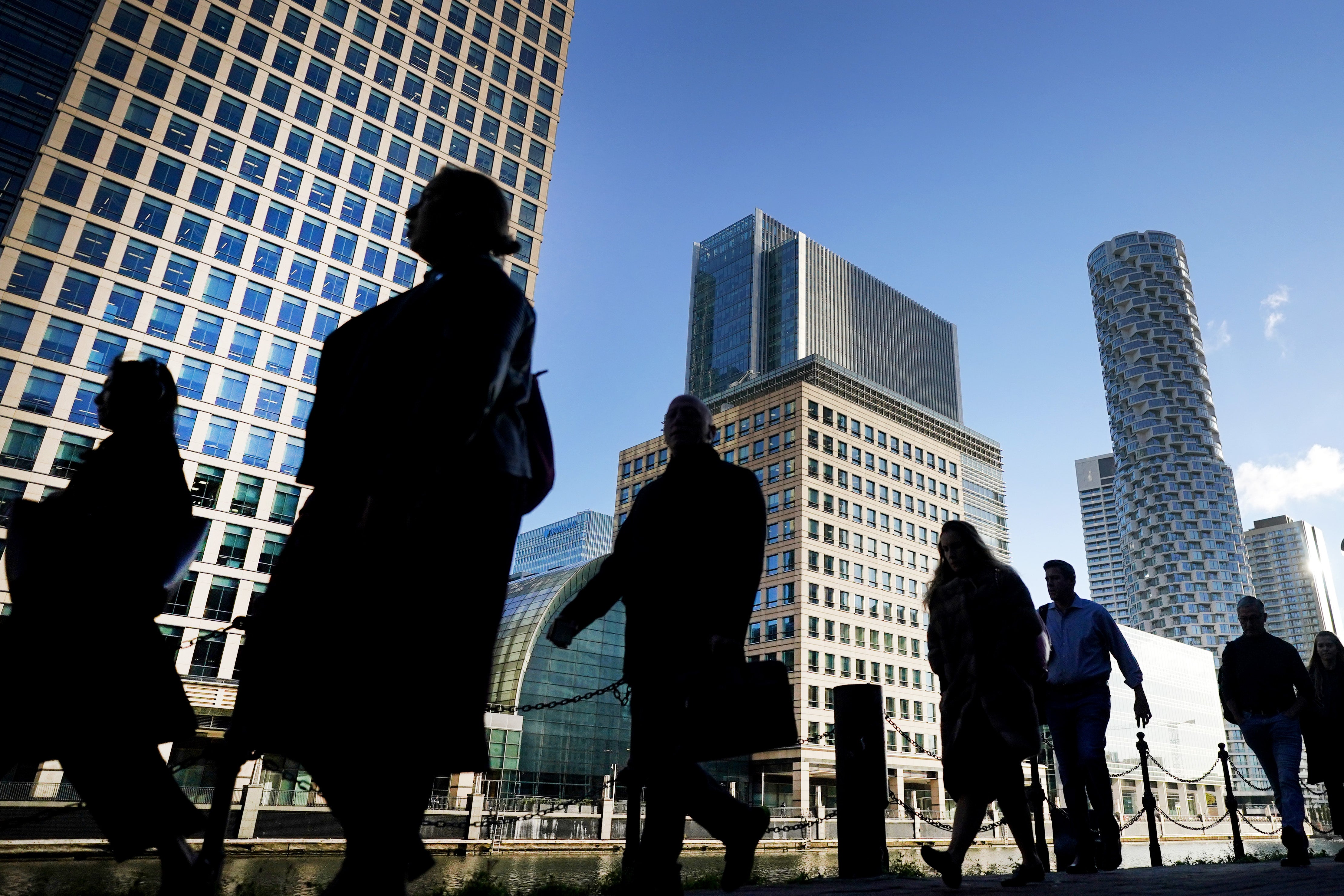Gender pay gap widens due to pandemic impact as average earnings grow
Median weekly pay for full-time employees was £611 in April 2021, representing a 4.3% increase.

Your support helps us to tell the story
From reproductive rights to climate change to Big Tech, The Independent is on the ground when the story is developing. Whether it's investigating the financials of Elon Musk's pro-Trump PAC or producing our latest documentary, 'The A Word', which shines a light on the American women fighting for reproductive rights, we know how important it is to parse out the facts from the messaging.
At such a critical moment in US history, we need reporters on the ground. Your donation allows us to keep sending journalists to speak to both sides of the story.
The Independent is trusted by Americans across the entire political spectrum. And unlike many other quality news outlets, we choose not to lock Americans out of our reporting and analysis with paywalls. We believe quality journalism should be available to everyone, paid for by those who can afford it.
Your support makes all the difference.The pandemic forced the gender pay gap to widen over the past year as most UK workers witnessed an increase in earnings in 2021, according to new figures.
The Office for National Statistics (ONS) said earnings rebounded this year after the heavy toll of the pandemic on workers.
Median weekly pay for full-time employees was £611 in April 2021, representing a 4.3% increase from the same month in the previous year.
It reported that who had been worst affected by the pandemic – younger employees, men and those in lower paid occupations – saw the biggest increases in its latest annual earnings report.
The rebound in pay for many men following the pandemic resulted in a worsening of the gender pay gap compared with last year.
Statistics showed that the gender pay gap between male and female earners was 7.9% for the month.
It said this was greater than the 7% gap seen in April 2020, stressing that this was driven by the pandemic.
The ONS said the latest reading is nevertheless is in line with the “downward trend of most recent years”.
Nicola White, head of earnings at the ONS, said: “After virtually flatlining last year at the start of the pandemic, earnings are returning to something like their long-term trend over the last few years.
“Increases this year were most marked for the groups worst affected in 2020, such as younger people, men and those in lowest-paid jobs.
“The change in the gender pay gap was in line with the general downward trend of recent years but was actually up on last year’s figure, when wages and hours worked were disrupted by the onset of Covid-19.”
TUC general secretary Frances O’Grady said: “Women are still getting a raw deal at work when it comes to pay.
“At this rate, it will take decades to close the gender pay gap.
“Government must speed things up. It’s clear that publishing gender pay gaps isn’t enough on its own.
“Companies must be legally required to explain how they’ll close their pay gaps.
“And Government must introduce legislation to give workers the right to work flexibly from day one with flexible working options included in job ads, and invest in childcare.”